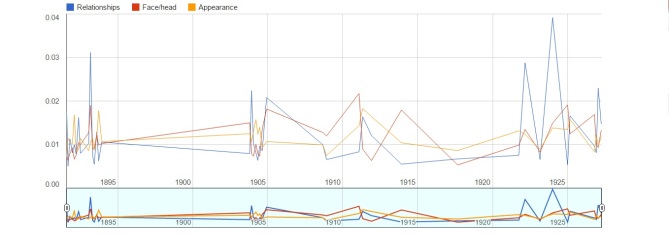First and foremost I think it is important to actually keep up with the project if it is something like an archive and make sure everything works. For example Sherlockian.net for me was just not a good DH project at all, but aside from not being user friendly and not visually appealing it’s biggest problem is links not working. Clearly the owner does not check up on the links and keep up with the project entirely. It is not very useful because of this.
DHAdditionally, a project needs to be well researched. The Old Bailey Online project is great example of this. The project offers so much to user on the topics of old London. There are several tabs you can click on that lead you to even more tabs, like if you click “Historical Background” once you get to that section you get like 5 new tabs and those give way to even more options. The project is well researched and contains a lot on information.
A good DH project has to be visually appealing. Whenever I see a project that is too busy, or the colors just don’t work I usually get off the website right away. That is how I feel about BookTraces.org. Although, the project is amazing and so cool the website is an eyesore for me. The background is too busy, I don’t like the colors used and all the photographs right on the front page is too much.
It also have to be user friendly. London Gallery Project was very user friendly but, it did not let you search which then it makes it not user friendly anymore. The rest of the website was easy to navigate and nice to use until it was time to search which was a problem.
One last thing a could DH project needs is to be applicable to a variety of fields. You want the project to work for several topics so that a lot of people can utilize it.
DH projects lets scholars ask new questions because they can looks at things in ways they never have before. They can take an older project, topics or question and look at in a new light and ask the question in a different way. It also lets them ask new questions because they are able to work with a variety of people all over the world. They can ask questions over a lot of fields in ways not asked before because they have the resources like those we use in class. They can use the internet to work with others and look at things differently.

























You must be logged in to post a comment.